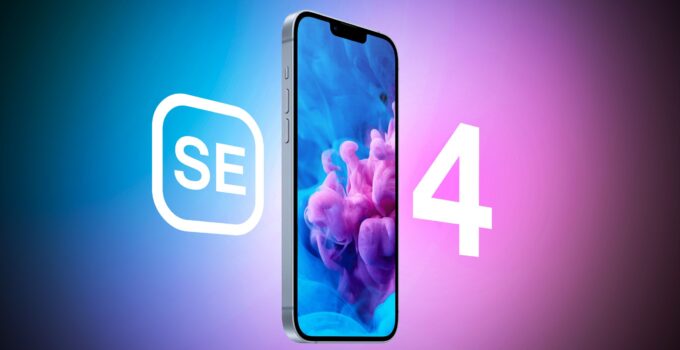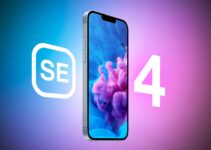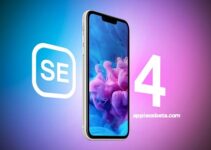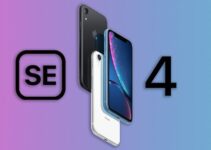iPhone SE 4: BOE to Supply OLED Panels Amid Samsung’s Withdrawal. In a significant shift within the tech industry, Samsung has decided to step back from supplying OLED panels for Apple’s upcoming iPhone SE model. This development marks a pivotal change in the supply chain dynamics for one of Apple’s most anticipated releases. The decision came to light amid discussions regarding panel pricing, where Samsung’s expectations did not align with Apple’s offer.
Leaked: iPhone 16’s Revolutionary Camera Design
Initially, Apple had extended offers to several suppliers, including Samsung Display, BOE, and Tianma, to furnish the OLED panels for the fourth-generation iPhone SE. The negotiations, however, hit a snag over the cost of these panels. Apple proposed a price of $25 per panel, a figure that Samsung found untenable, countering with a $30 offer. This discrepancy in pricing expectations led Samsung to withdraw from the negotiations, despite having a ready inventory of OLED panels from the production of the iPhone 14.
This turn of events leaves BOE and Tianma as the front-runners to supply OLED panels for the iPhone SE 4. Tianma, however, is reportedly still striving to meet Apple’s rigorous quality standards, positioning BOE as the likely primary supplier for the forthcoming device. The reliance on BOE underscores the competitive nature of the tech industry’s supply chain, where pricing and quality standards often dictate partnership outcomes.
The pricing strategy for the iPhone SE 4’s OLED panels reflects a broader trend towards cost efficiency. Unlike the panels used in the iPhone 15 series, the SE 4 panels will utilize legacy components similar to those found in the iPhone 13 and 14 models. This approach not only ensures compatibility with existing designs but also reduces the need for additional research and development expenditures by the suppliers.
Anticipation is building for the fourth-generation iPhone SE, expected to debut with a design reminiscent of the iPhone 14. This new model is rumored to feature a 6.1-inch OLED display, transitioning from Touch ID to Face ID, incorporating a USB-C port, an Action button, and eliminating the traditional Home button. The release, slated for 2025, promises to usher in a new era for the iPhone SE lineup, combining advanced technology with the efficiency and aesthetics that consumers have come to expect from Apple.
As the tech community awaits the arrival of the iPhone SE 4, the strategic decisions made by Apple and its suppliers highlight the intricate balance between innovation, quality, and cost. Samsung’s withdrawal from the supply negotiations underscores the complexities of the tech supply chain, where strategic considerations often lead to shifts in long-standing partnerships. As Apple moves forward with BOE as a key supplier, the iPhone SE 4 is poised to be a testament to the evolving dynamics of tech manufacturing and the relentless pursuit of excellence that defines the industry.



